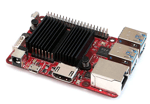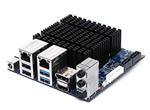Niche Boards in a Crowded Market
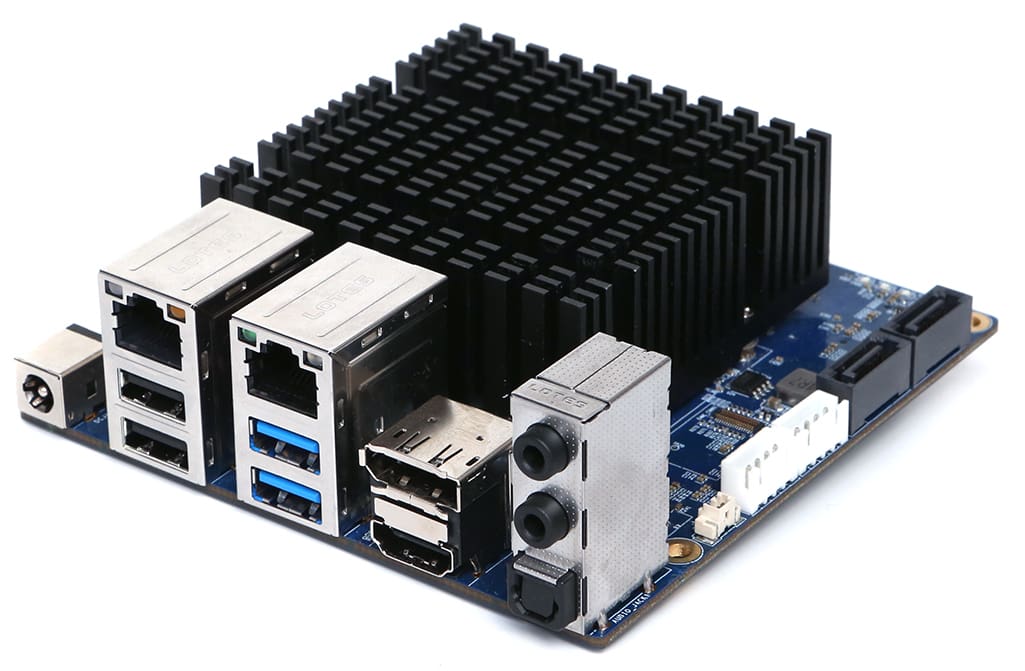
Hardkernel, a South Korean company, has been producing “Odroid” branded single-board computers (SBC) for Android and Linux hobbyists since 2009. Competing in a crowded market filled with Raspberry Pi‘s and their clones, Odroid has been able to build up a stronghold in the SBC landscape by offering diverse boards with unique features.
In this article, we’ll be looking at three of the more recent Odroid boards on the market: the C4, XU4, and H2+. The C4 is a low-power quad-core ARM board released in 2020, while the H2+ is an X86-64 board targeting the DIY network-attached storage (NAS) market. Finally, the XU4, which came out in 2015, is an octa-core ARM board that Hardkernel plans to keep manufacturing until 2022. Let’s take a closer look!
Features & Differences
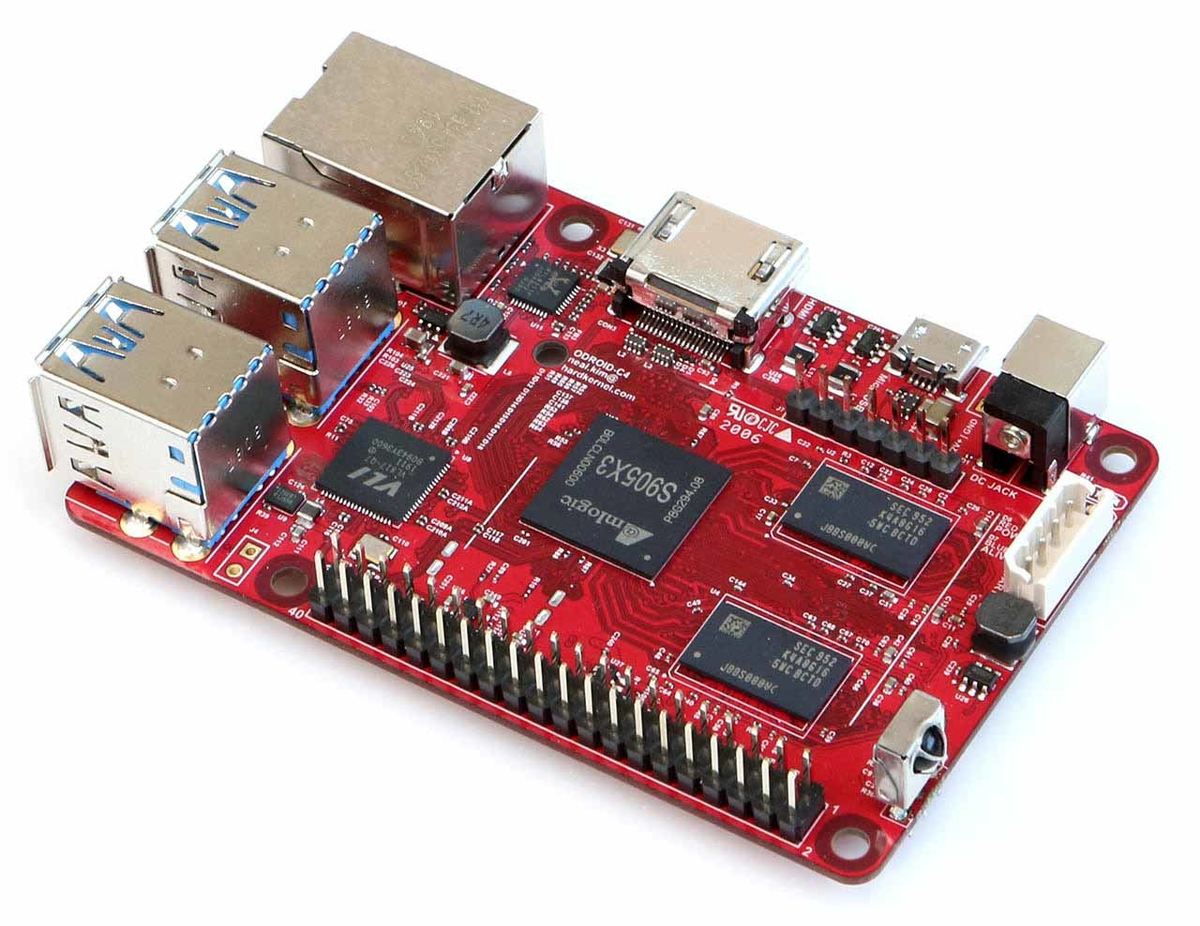
Commonalities
All three boards share similar features with many SBC’s, such as onboard USB, GPIO pins (in various configurations), support for Linux, and onboard eMMC ports (for high-speed storage). At the same time, none of the three boards have built-in Wi-Fi, Bluetooth hardware, or out-of-the-box storage for installing and running the OS.
Processor Architecture
Both the XU4 and the C4 use ARM processors (the XU4 a 32-bit from Samsung and the C4 a 64-bit from Amlogic), whereas the H2+ uses an Intel Celeron processor with the X86-64 instruction set. This difference is important since only the C4 and XU4 can run Android natively, whereas the H2+ can run the standard (non-ARM) versions of Windows 10 or Windows Server.
RAM
All three boards have different RAM configurations: the XU4 uses 2 GB of onboard LPDDR3, the C4 has 4 GB of onboard DDR4, and the H2+ requires you to buy your DDR4 RAM separately. For most users, the 4 GB of RAM on the C4 will be enough, but the H2+ can support up to 32 GB of RAM if your project needs it.
Display
Both the H2+ and the C4 have HDMI 2.0 ports that can output 4K at 60 Hz, while the XU4 only has an HDMI 1.4 port with a maximum resolution of 1080p. It should also be noted that the H2+ has a DisplayPort which can output 4K at 60 Hz as well (the XU4 and C4 don’t have a DisplayPort).
Connectivity
Odroid boards may not have onboard Wi-Fi, but both the XU4 and C4 have Gigabit Ethernet, which should be more than sufficient for media streaming, file sharing, and web browsing. The H2+ ups the ante with dual 2.5 Gigabit Ethernet ports that can be used for networking applications.
Storage
The XU4 and the C4 both have MicroSD card slots that can run the OS (instead of eMMC memory). Alternatively, you must boot the H2+ using eMMC, but you can add additional storage through two SATA3 ports or an M.2 NVMe (2280 form factor).
The Bottom Line
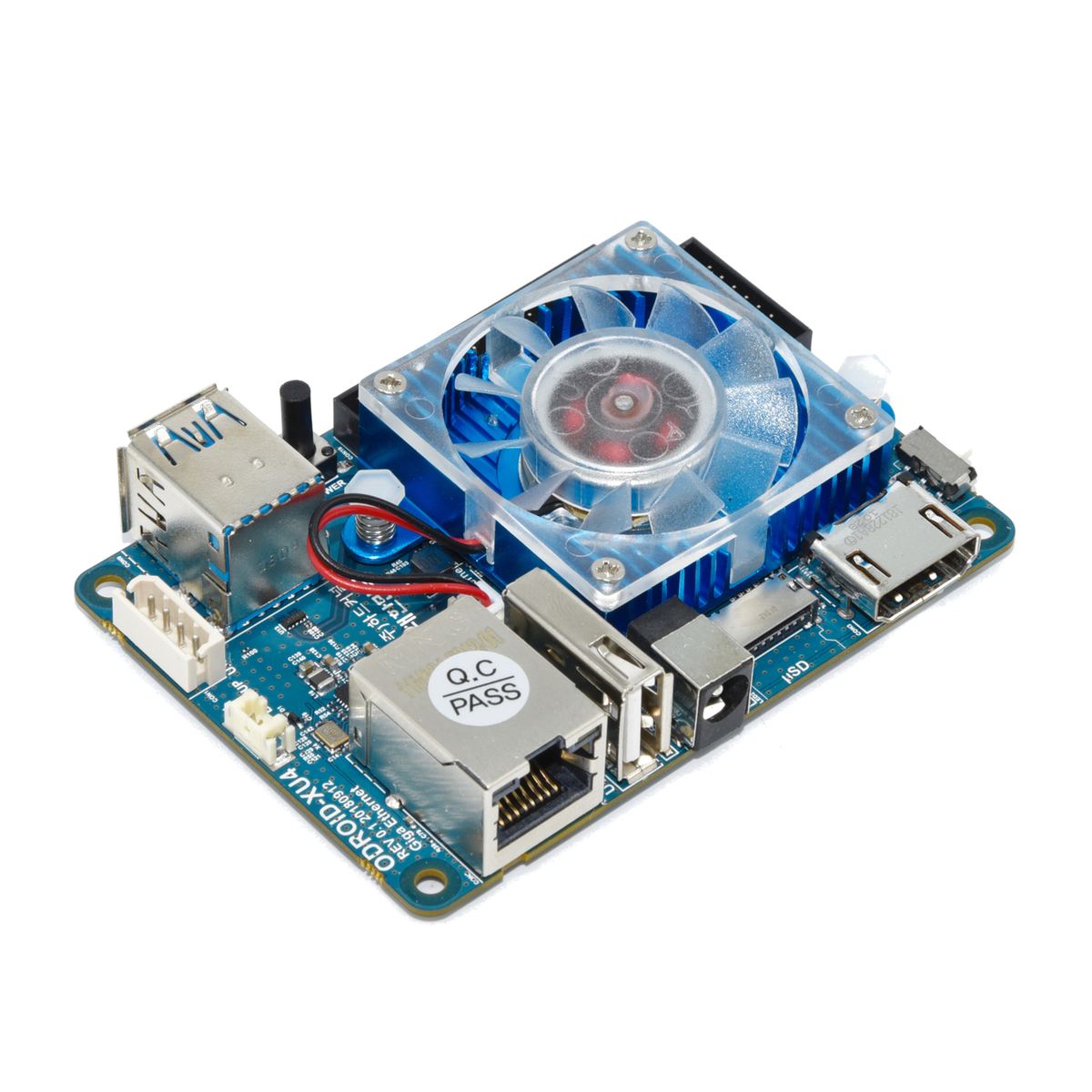
Hardkernel has been very strategic in who it builds its SBC for, meaning that any recommendations must be based on context and use case.
For those looking to build a mini home media center, go for the Odroid-C4 (~$65), which has 4K HDR output and quiet passive cooling. There’s also the option for having a Hi-Fi board, with a 32-bit/384 kHz DAC and SPDIF connector for optical output or passthrough.
The XU4 (~$72) is older than the H2+ and C4 so it has developed community support. Additionally, it’s a good option for those who can take advantage of the extra four cores and don’t mind a noisy stock cooler. Alternatively, you can opt for the passive heat sink on the XU4 “Q” variant or creating your own DIY heat cooling solution.
The H2+ is by far the largest and most expensive SBC in the comparison (~$190). That extra cost makes sense when thinking of the NAS pricing landscape, as the H2+ offers a great value proposition for those who want increased networking and storage capabilities and don’t mind having a reduced expansion header. Also, having an X86-64 Intel architecture grants the H2+ access to Linux software that may not be exclusively compiled for the ARM architecture and not available to ARM-based SBCs.
Last, when purchasing any of the three boards, make sure that you check the power requirements and that you have the right type of power supply on hand. Critically, the H2+ board does not come with any DDR4 SODIMM RAM, so you must factor that into your calculation as well.
Specifications
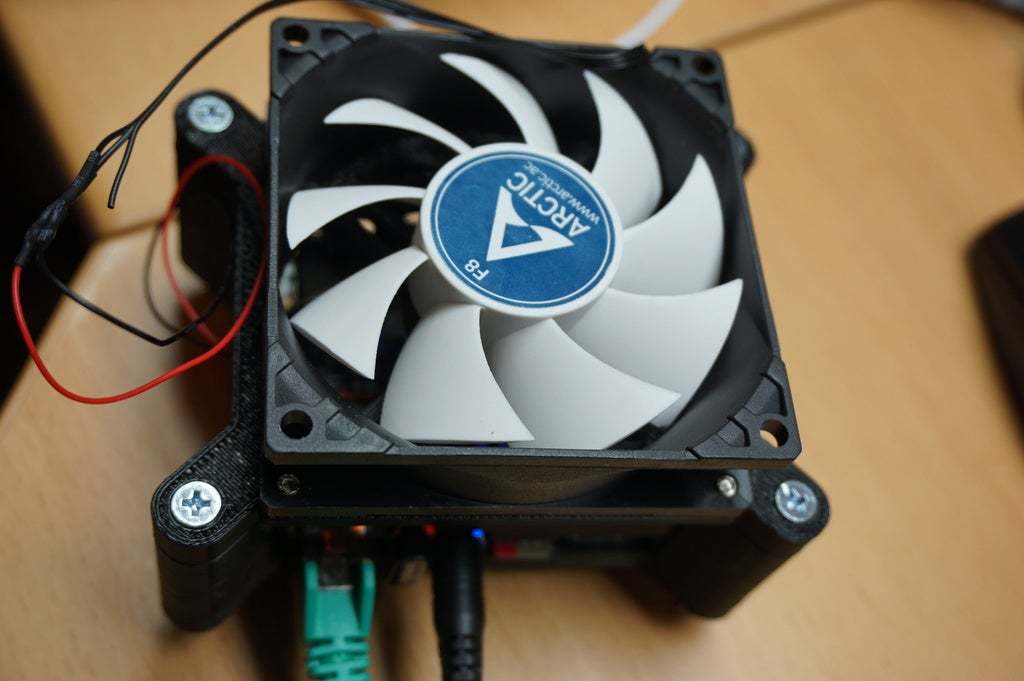
CPU
- C4: Quad core with 2.0 GHz (ARM)
- XU4: Octa core with 4x 1.4 GHz and 4x 2.0 GHz (ARM)
- H2+: Quad core with 2.3 GHz
RAM
- C4: 4 GB DDR4
- XU4: 2 GB LPDDR3
- H2+: None included (Up to 32 GB DDR4 purchased separately)
Connectivity
- XU4/C4: 1x Gigabit Ethernet
- H2+: 2x 2.5 Gigabit Ethernet
Peripheral Ports
- C4: 4x USB 3.0, USB 2.0 OTG, 40- and 7-pin GPIO
- XU4: 2x USB 3.0, USB 2.0, 30- and 12-pin GPIO
- H2+: 2x USB 3.0, 2x USB 2.0, 2x SATA 3.0, 24-pin peripheral header
Power Supply Required
- C4: DC 12 V @ 2 A
- XU4: DC 5 V @ 4 A
- H2+: DC 15 V @ 4 A
Where to Buy
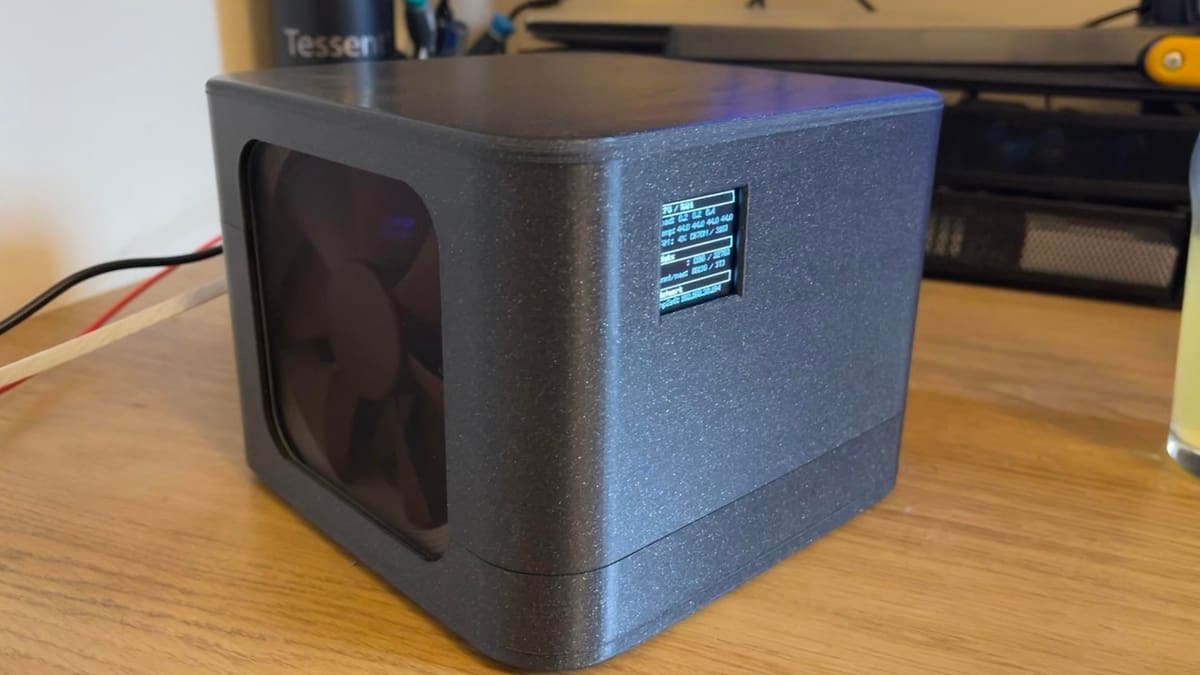
License: The text of "Odroid-C4, Odroid-XU4, & Odroid-H2+: Review the Specs" by All3DP is licensed under a Creative Commons Attribution 4.0 International License.
CERTAIN CONTENT THAT APPEARS ON THIS SITE COMES FROM AMAZON. THIS CONTENT IS PROVIDED ‘AS IS’ AND IS SUBJECT TO CHANGE OR REMOVAL AT ANY TIME.

